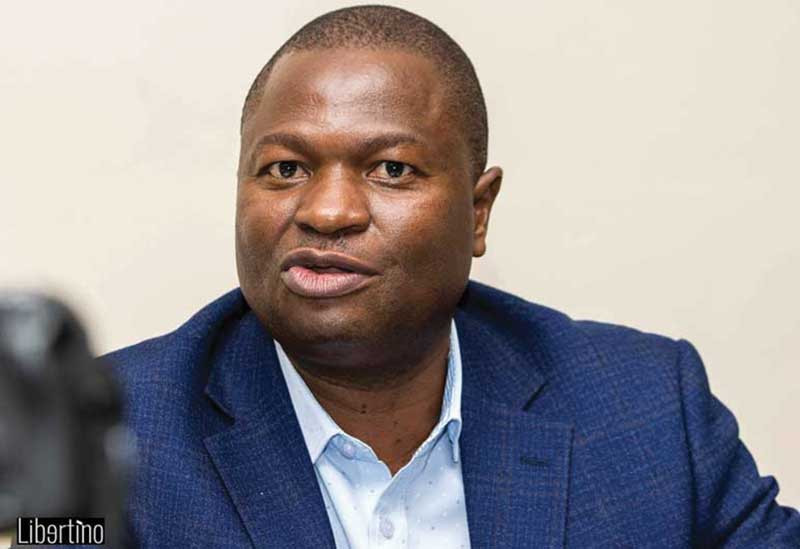
BY VANESSA GONYE
AT least 260 HIV orphans and vulnerable children from Harare’s oldest suburb, Mbare are set to benefit from the Japanese-funded Grant Assistance for Grassroots Humanitarian Projects Assistance (GGP) scheme to the tune of US$90 877.
Mbare has a population of about 800 000, which makes it the most densely populated suburb in the country.
It is also highly affected by diseases such as HIV, TB and also drug abuse by youths.
The Japanese project, which included installation of solar-powered boreholes and newly-furnished classrooms, was completed by Chiedza Child Care Centre, a local non-governmental organisation (NGO).
Speaking at the handover ceremony last weekend, Japanese ambassador to Zimbabwe, Satoshi Tanaka commended Chiedza Care Centre for taking care of the vulnerable children.
“As a result of the improvements at Chiedza, it is hoped that children will be able to profit more from their school years and bring out their unique talents and potential. Furthermore, enrolment is expected to increase by 100 children to at least 260 learners (150 primary and 110 secondary levels) annually,” Tanaka said.
The Japanese ambassador appealed for a child-friendly and nurturing environment in Mbare as this would encourage children to choose a good pathway in life, rather than resorting to risky survival strategies.
- Chamisa under fire over US$120K donation
- Mavhunga puts DeMbare into Chibuku quarterfinals
- Pension funds bet on Cabora Bassa oilfields
- Councils defy govt fire tender directive
Keep Reading
Chiedza Child Care Centre has been taking care of affected children, providing them with out-of-school education and meals.
However, the centre had a dilapidated building for the early childhood development learners, while primary and secondary school learners had to share three barely furnished classrooms.
It was not registered as an examination centre and learners had to register at nearby schools.
The centre also had erratic water supplies and the borehole will now provide an uninterrupted supply of potable water.
The project comes at a time when children as young as eight are said to be engaging in social ills such as drug use owing to inability to attend school due to poverty.
The Japanese GGP scheme was launched in Zimbabwe in 1989 and 146 projects have been implemented so far throughout the country, with over US$14 million funding.
- Follow us on Twitter @NewsDayZimbabwe











